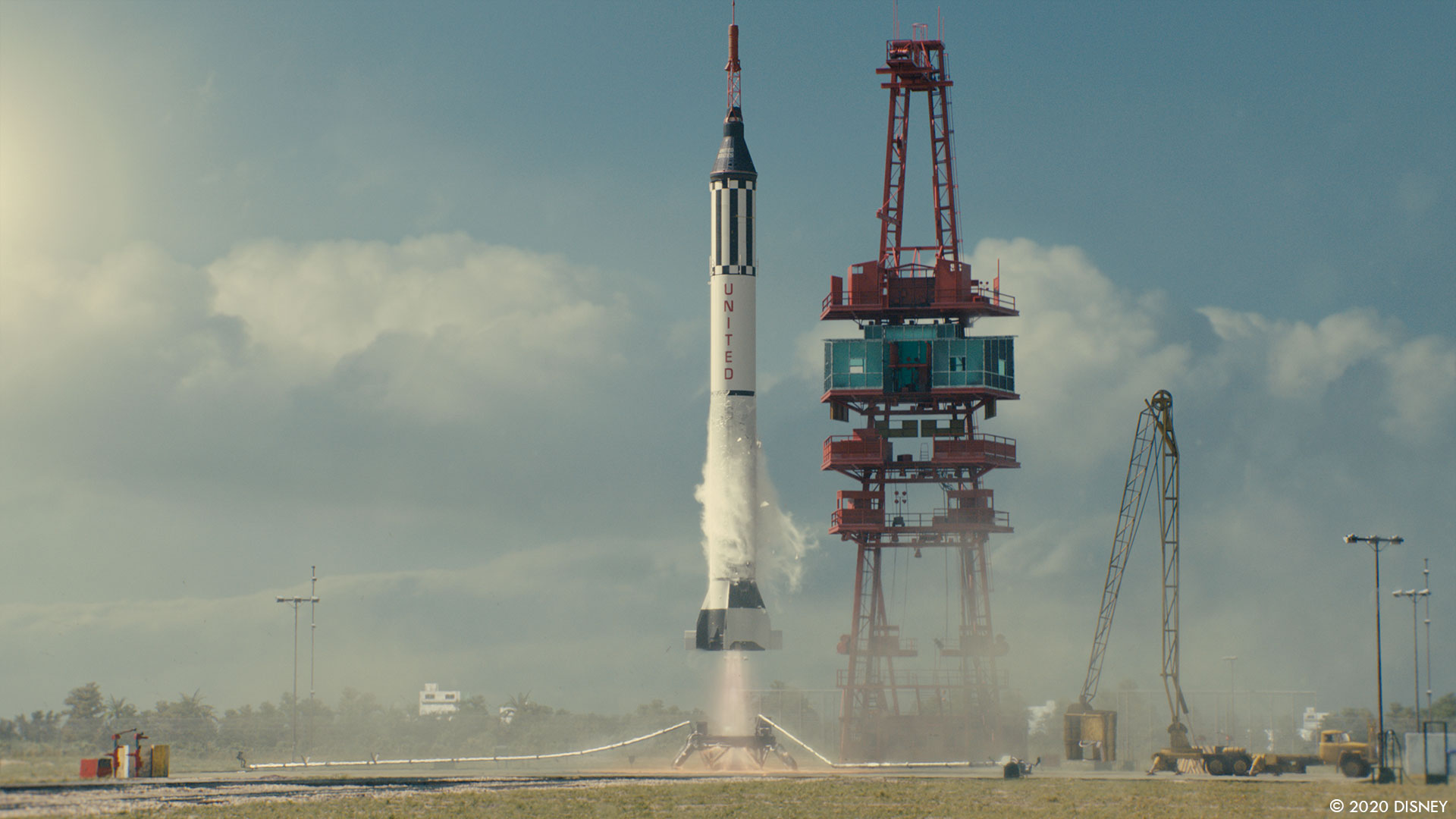Last year Dan Charbit told us about DNEG‘s work on the second season of Altered Carbon. Today, he tells us about the new adaptation of The Right Stuff for Disney+.
How did you and DNEG get involved on this show?
I believe the client had seen some of our previous work at DNEG in-line with what they were looking for this show.
How was the collaboration with the various directors and VFX Supervisor Mark Stetson?
Working with Jennifer Davisson executive producer, Chris Long producer and Joshua Levey supervising producer and Mark Stetson VFX Supervisor was great as we connected together very well and quickly. We understood immediately what quality and accuracy they were looking for. Then, they gave us almost full creative liberty for some aspects of the shots like framing, animation and timing.
What was their expectations and approach about the visual effects?
They simply told us « We want to look at the shots and think that has been shot for real! ».
How did you organize the work with your VFX Producer?
Marie Castrie, DNEG VFX Producer, gathered a really good team in a short period of time. Most of the artists were mid or senior level and few of them had even worked on ‘First Man’. We tried to ensure we had a versatile team as well – for example, our lighting supervisor worked in the ocean simulation as well as the lighting.
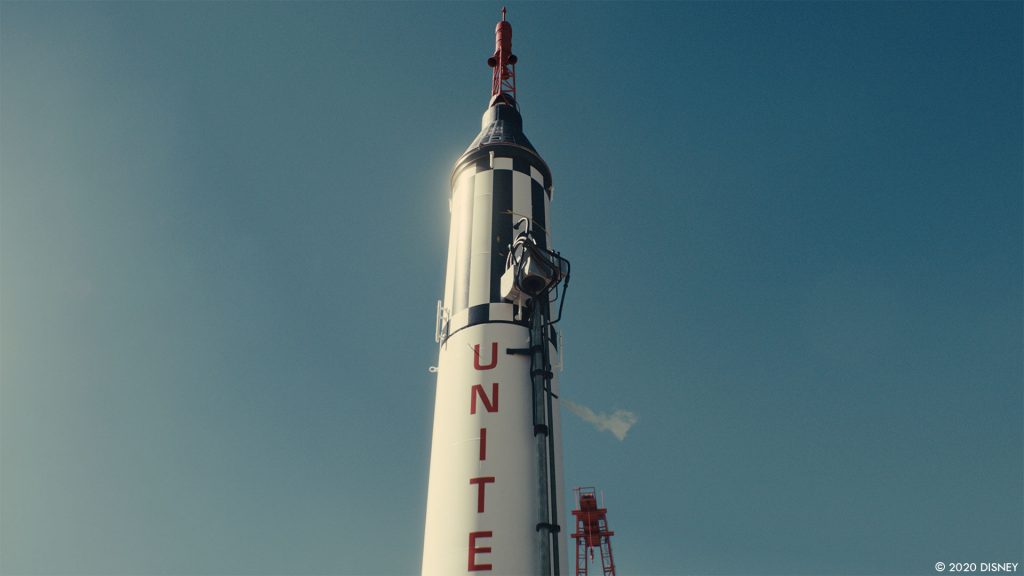
How did you split the work amongst the DNEG offices?
As the client had given us the freedom to change the cameras and animation, we started the show with previs from the DNEG team in London. They did an amazing job doing previs for all the shots in a very short time. We created up to ten different options for a shot and then selected the best. After the client approved our previs, the rest of the work was split between our sites in Montreal, Mumbai and Chennai.
Nitin Sanjay, our build supervisor in Montreal, did an amazing job working closely with our India team. They were mainly focused on the build of everything related to the rocket – the body of the rocket, capsule, periscope and parachutes, doing modeling, textures and shaders lookdev. Some of the artists had worked on the ‘First Man’ rocket, and their expertise and knowledge helped us a lot to speed up the process with no compromise on the quality.
Fiona Wong, DNEG environment & DMP supervisor in Montréal, worked with her team on the launch pad, the surrounding environment and the earth views from space. Michal Tas Maciejewski, our Montreal FX supervisor and his team created all the FX, smoke, fire, ice, grass reaction, re-entry effect around the capsule and of course the splash down.
To complete the supervision team we had Vivekanand Kotha (Lighting supervisor), Kelly Ginet (Layout supervisor) and Anais Ringenbach (CFX/Rig supervisor), all led by Fabricio Baessa (CG supervisor on the show). The compositing team was led by Christopher Maslen.
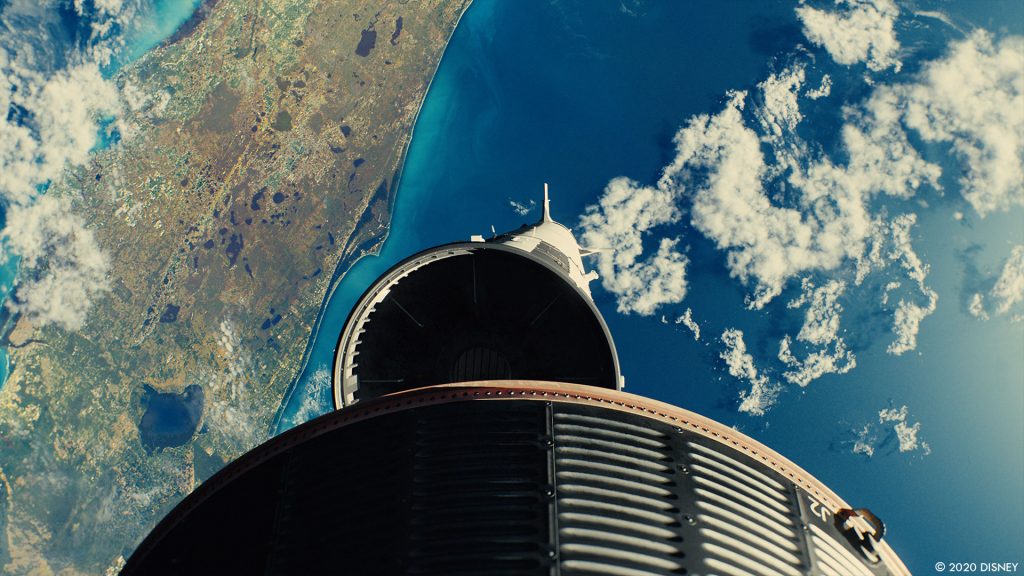
What are the sequences made by DNEG?
The main part of our work was on the rocket and the capsule shots in episode 8, from the launch pad to space and back to the ocean. Except for 2 shots, all were full CG shots.
How did you use the experience of DNEG for space shows like First Man for this one?
I believe all the artists of the team saw ‘First Man’ and were impressed by the VFX. As I said previously, some of the artists in the build team had worked on the Saturn 5 in that show and their experience was very helpful. We didn’t have the same resources for ‘The Right Stuff’, but we set up our own pipeline and methodology to be able to achieve a fantastic level of quality.
Can you elaborate about the rocket creation?
This rocket launch is pretty well-documented and we gathered a lot of period pictures, videos and information. As the goal was to create an exact model of the original rocket, we had to match the photos and tech specs perfectly. We had a NASA consultant who helped us a lot on details and questions.
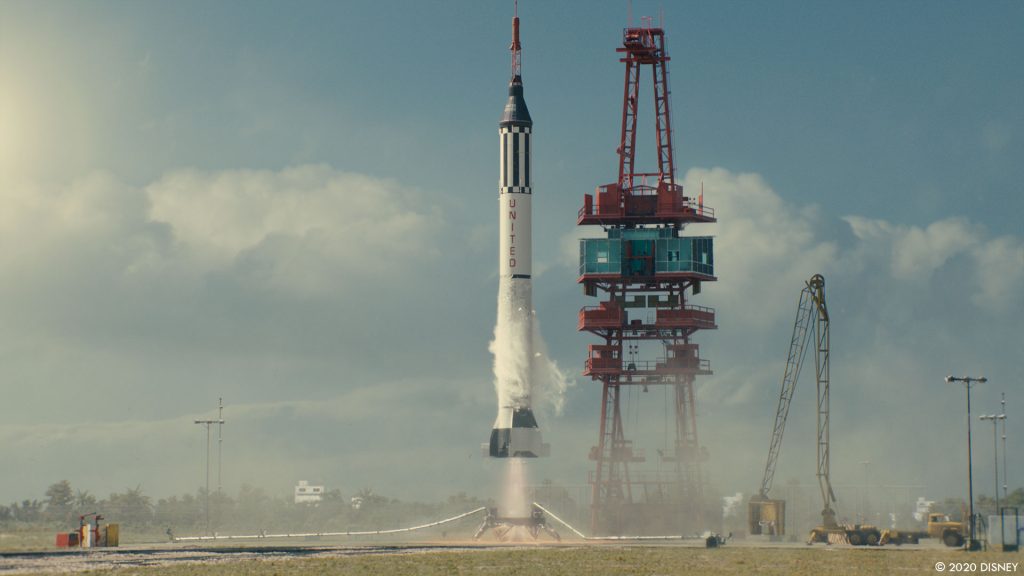
How did you create the various shaders and textures for the rocket?
It was a new rocket. With I believe fresh paint. The rocket stayed on the launch pad maybe few weeks before the launch. On some pictures we’ve seen some scratches and damaged paint parts. We tried as much as possible to create these small details. And then we added a layer of weather dirt and stains. Then we did the final touches with the rocket in the launch pad environment and with the exact lighting condition of the original launch.
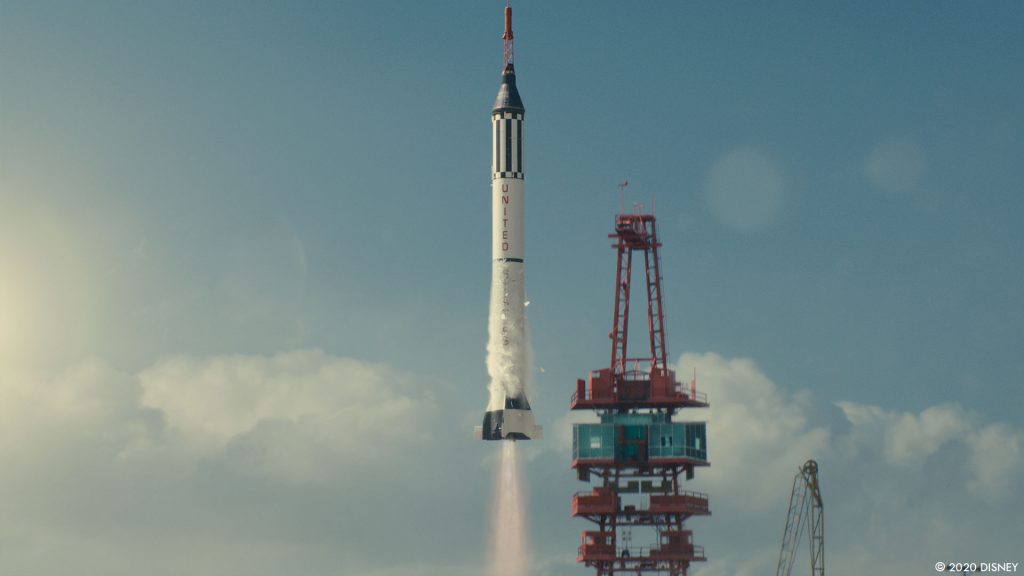
Did you work with NASA for more accuracy?
Robert Yowell, the NASA consultant, was extremely helpful. We worked with him on all aspects of the event. Rocket, launch pad, capsule, periscope, trajectory of the rocket and the capsule, altitude of some steps like the drogue parachute releasing and the main parachute opening. As accuracy was an important aspect of the show, Robert Yowell’s information was really important. For example, we didn’t know that right before touchdown there is a kind of air bag deployed under the capsule to soften the impact on the surface of the ocean.
How did you create the various FX for the take off?
We broke down the pictures and footage we had of the rocket launch. At first, when the flame is initiated, there is a thick white smoke coming out pretty slowly and when the engine starts to push the rocket, we see this smoke being pushed and dissipating quickly. The grass around the rocket was simulated in FX too – during the push it lays down on the ground. The cables on the gantry tower and some other elements move as well, to match the intensity of the push. Some debris of dust and small stones flies away and towards the camera. Then we can see the flame spread down on the ground, burning the tubular structure at the base of the rocket. This kind of fuel doesn’t make a lot of smoke. When the rocket is high enough, we can see the pinkish flame, pretty desaturated and transparent. Later when the rocket is on a darker background the diamonds are visible. They are 3 to 4 brighter diamond shapes visible inside the flame. That was really fun to push that shot that far in the details.
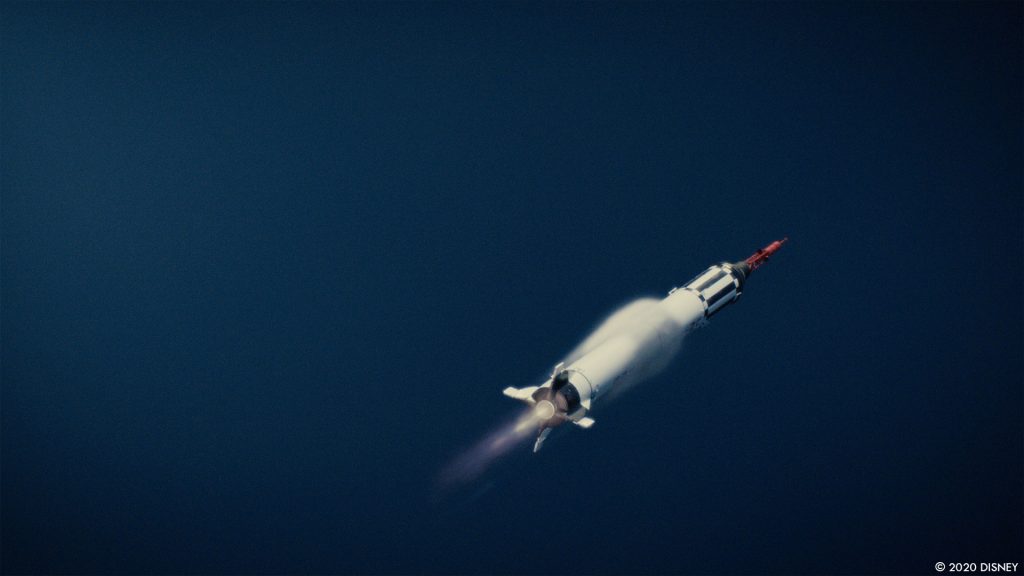
Can you explain in detail about the creation of the space base and the Earth?
The environment team did an amazing job creating the launch pad in full CG. We already had a base CG setup for the earth and the clouds. We tweaked it to match the time of the day, the direction of light, the type and the amount of clouds we needed. From that starting point we painted over the details and atmosphere.
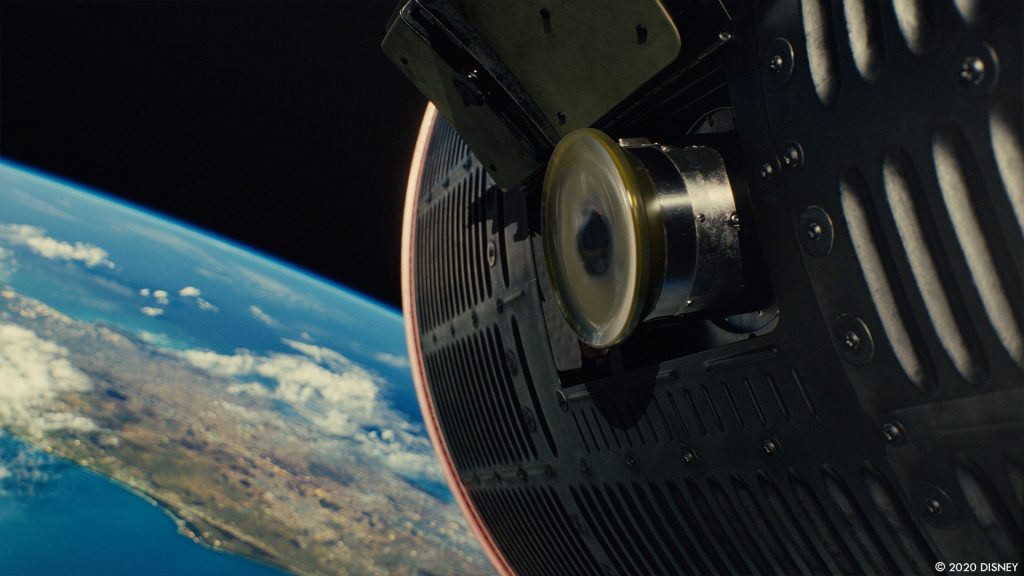
How did you handle the lighting challenge in space?
In space, because there is no atmosphere the lighting is very bright and sharp. We made it as accurate as possible – a bright sunlight and a bit of bouncing light from the earth. The true challenge was to place the camera, the earth and the sunlight in order to get a beautiful picture.
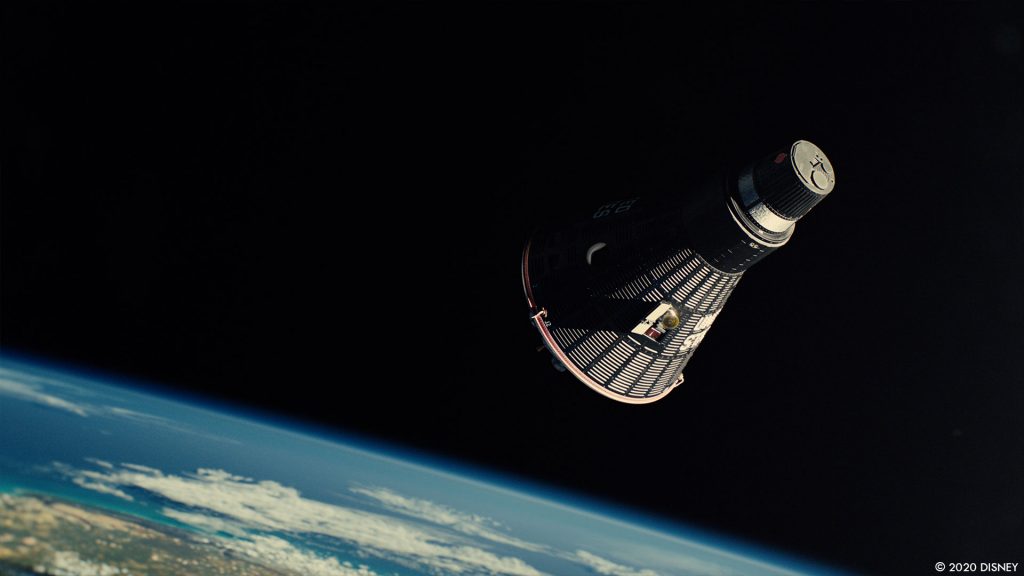
Which sequence or shot was the most challenging?
There were several shots with different challenges. I think the most challenging was the earth view when Shepard says “What a beautiful view!” in episode 8. We really wanted to do an amazing shot here. The accurate direction of the light, the trajectory of the capsule and the position of the camera made it quite difficult to achieve.
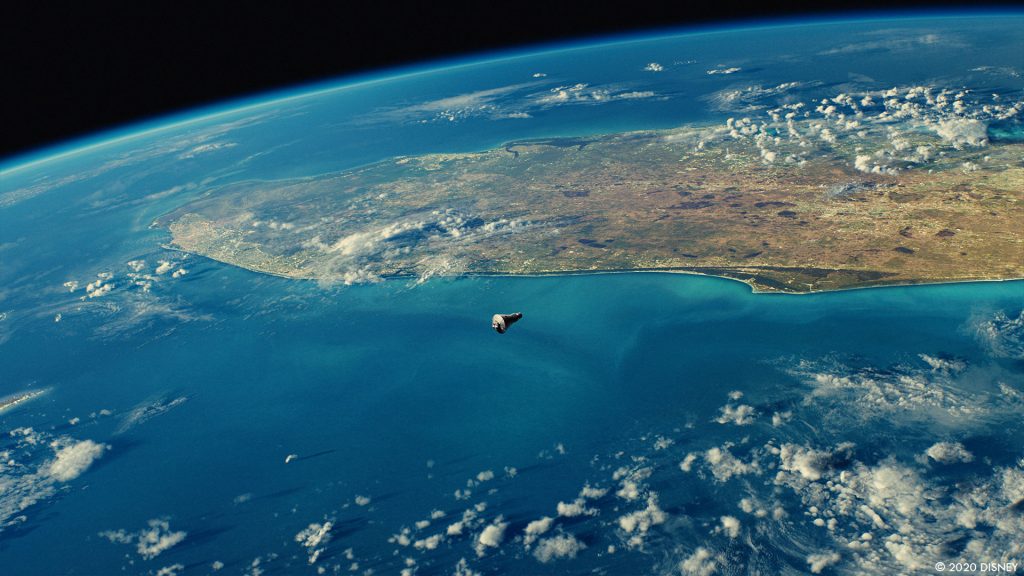
Is there something specific that gives you some really short nights?
Yes, the splash down in the ocean! This kind of effect takes a lot of hardware resources and it is really long to do. The schedule on the show was so tight and this shot was the last one we proposed for final. Thankfully Mark Stetson and the client loved it.
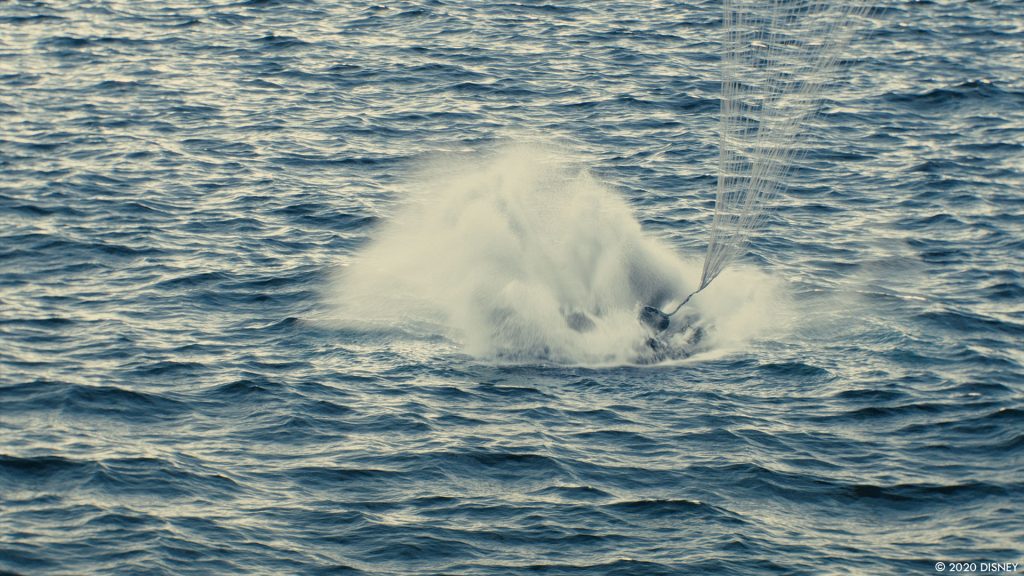
What is your favorite shot or sequence?
Hum, I love all of them, but I’ll choose the take off shot. It looks awesome.
What is your best memory on this show?
I truly loved doing this show. Great small team. Great challenges. My best memory is when, during the last team Zoom meeting, some of the artists expressed that they wanted to continue on the show, doing more shots. That’s a great testimony of the pleasure they got doing the show.
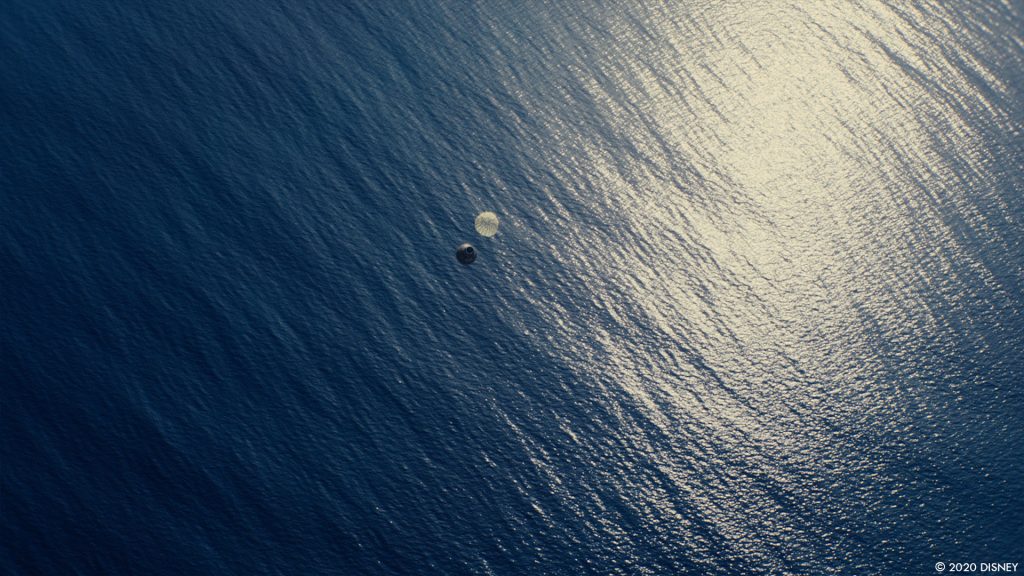
How long have you worked on this show?
About 3 months.
What was the size of your team?
57 across Montreal, India and London.
What is your next project?
The famous impossible question! I can only tell you that it’s a pretty exciting project.
A big thanks for your time.
// The Right Stuff – VFX Breakdown – DNEG
WANT TO KNOW MORE?
DNEG: Dedicated page about The Right Stuff on DNEG website.
Disney+: You can watch now The Right Stuff on Disney+.
© Vincent Frei – The Art of VFX – 2021


